Product Description
Much has been written about the Boer War, also commonly known as the 2nd Anglo-Boer War or the South African War 1899-1902. However, there is considerably less information available in English in book form about the men and boys from the age of 8 to 80 that were taken by the British as Prisoners of War. For at least 20 of them, their stories continue for many years after peace had been declared in 1902. During the period July 1946 to July 1947 five articles, written by R. L. Brohier regarding the Prisoners of the Boer War in Ceylon, were published in the Dutch Burgher Union Journal in Colombo.
These covered almost every aspect of the subject in this location. From the reasons why Ceylon was chosen for the purpose of the building of a Prisoner of War Camp at Diyatalawa; the arrivals and their subsequent activities; various personalities; a spotlight on the medical history of the prisoners; the other five camp locations that were subsequently built, as well as the guards and escapees and the departures of those remaining after peace was declared.
Considerable additional information has been added to Mr Brohier’s work by the co-authors. This includes photographic images of camp scenes; personalities; the prisoners and their activities; the production of handicraft items; sport and entertainment; camp newspapers; postal history and other relevant information. Information has been located regarding the Agterryers, the mounted black grooms who were attendants to the military and responsible for the supervision of supplies and horses as well as other duties.
There is now a complete record of the deaths occurring whilst on board ship in transit to Ceylon, as well as of those who died during internment on the Island. This includes their POW number, full names, age, address, Commando, where they were captured, date of capture, the ship on which they were transported to Ceylon and the date and cause of death together with their burial place.
Much additional information has been found concerning “The Irreconcilables” which includes Henry Engelbrecht, the last “Irreconcilable” remaining on the island, together with details of his association with Leonard Woolf, the Acting Government Agent and later Virginia Woolf’s husband. The latter pages tell of those “Irreconcilables” that were “banished” to Java who established the Dairy Farming Industry that is still in Indonesia today. Sadly, after their experiences some 40 years earlier, some became casualties during World War II, when the islands were occupied by Japanese forces.
Included in the Appendices, pages 277 to 308, are facsimiles of correspondence from Lieutenant E J.Tremlett, of British origin, although an Officer holding rank under the ZAR Government. Documents were sent to the Head of the ZAR Secret Service Department and President Kruger’s son Tyaart, when in search of employment. There are also copies of other correspondence in regard to his involvement as one of the Agent Provocateurs, who were concerned in the organising of a so-called “Conspiracy Trial”. This was an unsuccessful attempt made to show that British Officers were concerned in a conspiracy of the Government of the Zuid Afrikaansche Republiek .
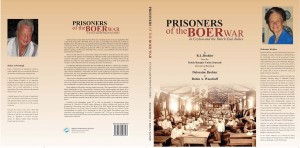
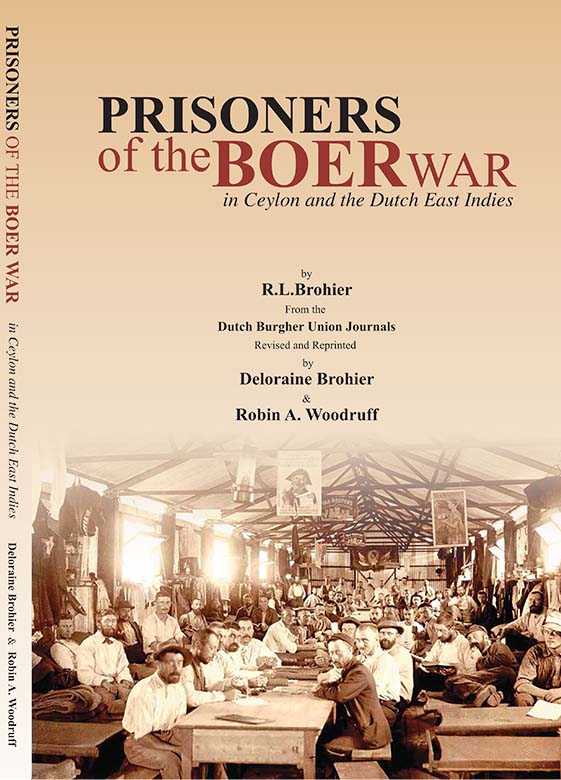
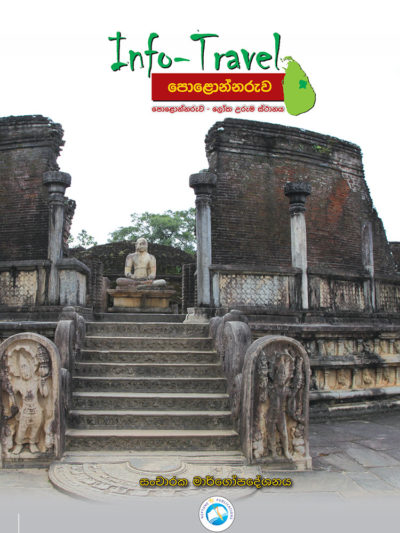
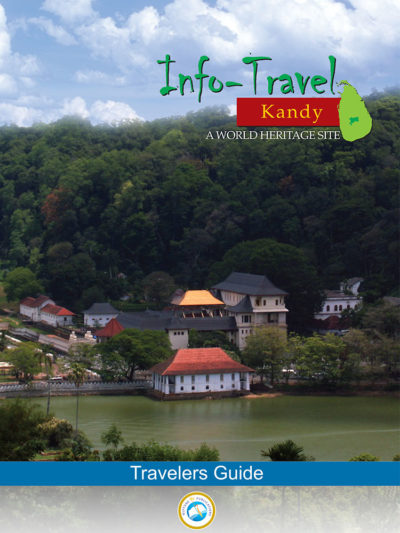
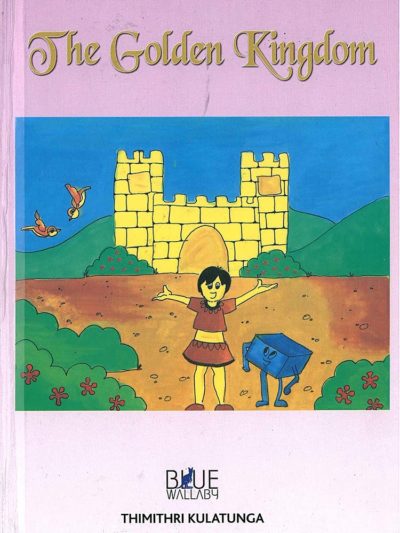
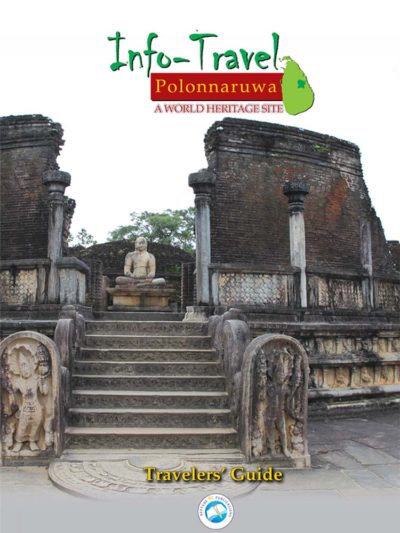
Reviews
There are no reviews yet.